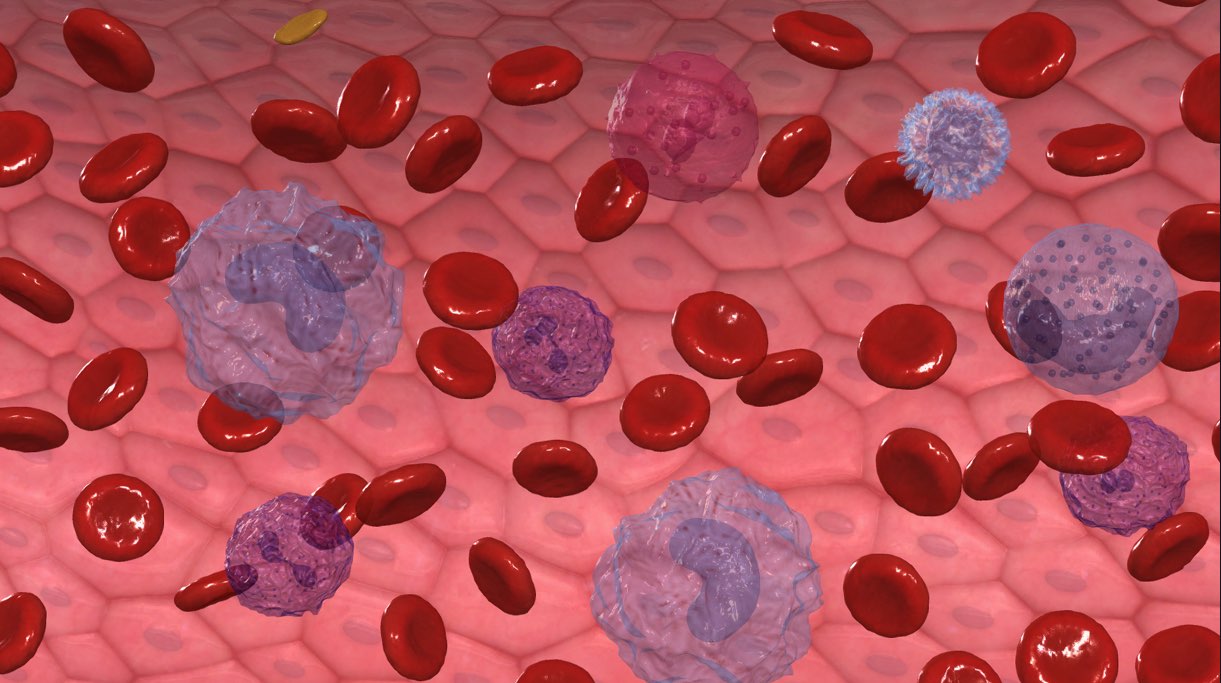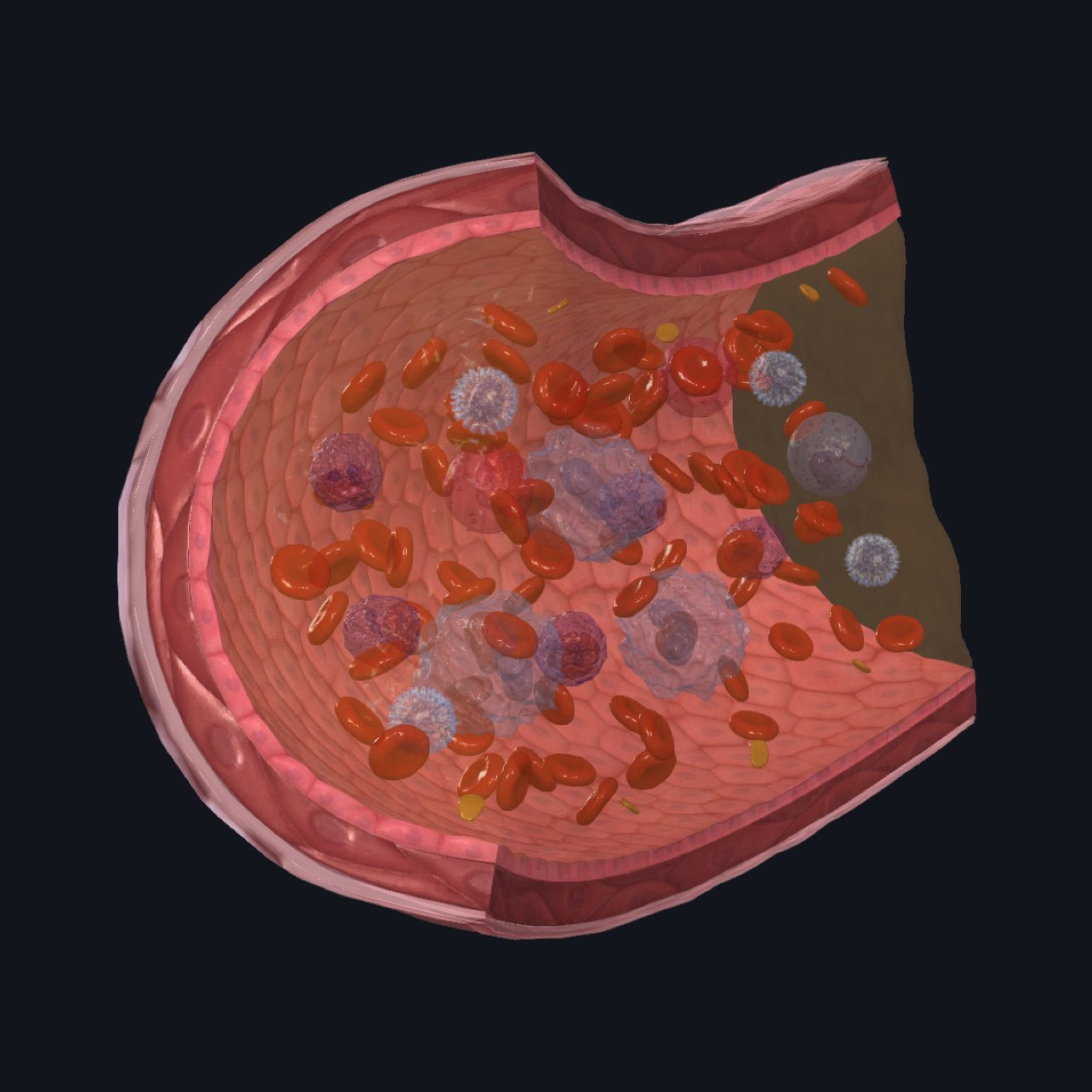
In a previous snippet we spoke about blood and its many functions. Its ability to carry out such a diverse range of functions is attributed to its complex composition. In particular, the variety of cell types found in blood are key to carrying out this diverse range of functions. ❤️
Erythrocytes (red blood cells) gives blood its characteristic colour.
They are bright red biconcave discs with shallow centres which optimises the ratio of surface area to volume, and also allows them to fold up as they move through narrow blood vessels. ?
The primary function of erythrocytes is the transport of oxygen from the lungs to the tissues, this is made possible by the presence of haemoglobin — a red, iron-rich protein that binds oxygen. ?

Leukocytes (white blood cells) are the key players of your immune system, responsible for protecting against all harmful agents that affect the human body. ?️
These types of cells are not as numerous as erythrocytes — there is one leukocyte for every 1,000 erythrocytes. There are 5 different types of leukocytes, each of which can be distinguished by their individual nuclei, shape and size. Neutrophils, basophils and eosinophils are often referred to as granulocytes, while lymphocytes and monocytes are considered to be agranulocytes, as they contain fewer and less obvious granules.
Finally platelets, contrary to popular belief, are not actually cells but rather are a fragment of the cytoplasm of another cell called a megakaryocyte. They are small, discoid fragments which roll along the edges of the vessel, away from the primary flow of blood. In this model they are present in the inactivated form; when activated they seal small tears that may form in the vessel wall and are heavily involved in coagulation and wound healing. ?
The Blood is now available in Complete Anatomy 2020, as part of a range of new detailed models on the platform. Explore them in-app today.